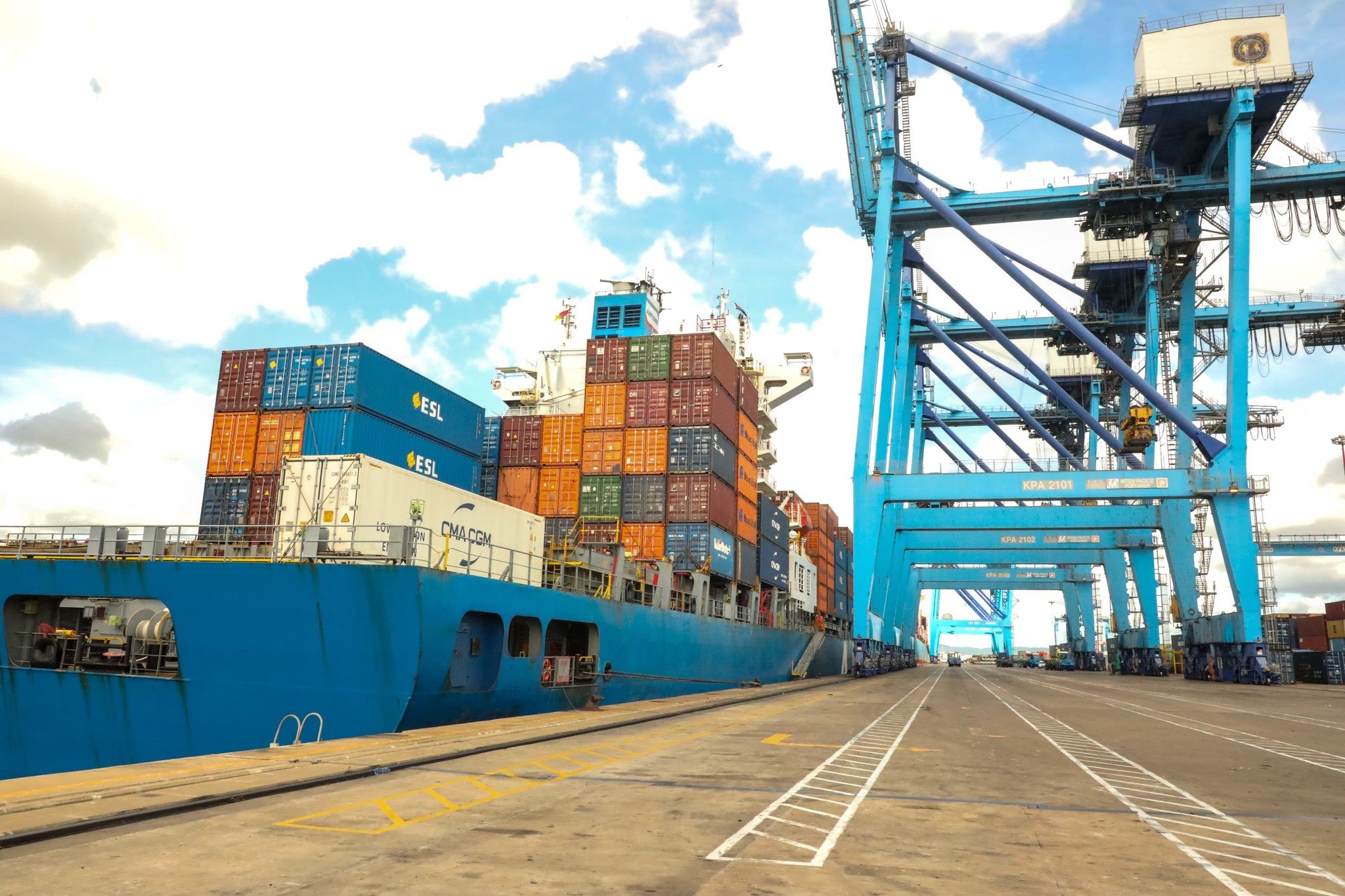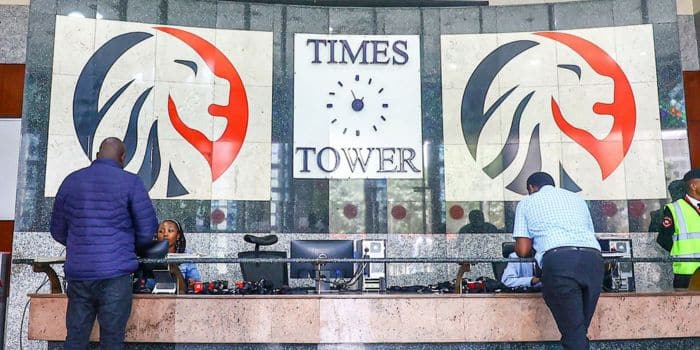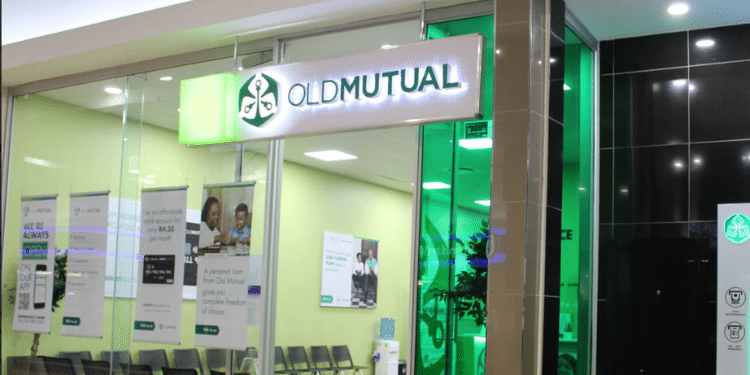The use of credit in Kenya has slowly become an integral part of daily life for many individuals and businesses. Kenyans access credit to facilitate personal loans, and credit cards.
This accessibility of credit has made it easier for Kenyans to meet their financial needs and aspirations.
A key reason that credit is now more accessible includes the proliferation of mobile lending apps – like Tala and Timiza – that have revolutionized the lending landscape, making it convenient for people to access loans with minimal paperwork, Know Your Client, and approval times.
Additionally, traditional banks and microfinance institutions continue to offer various credit products, including personal loans, mortgages, and credit cards.

Also, as the reliance on credit continues to grow, so does the risk of debt and default.
Here are Credit statistics
According to the Central Bank of Kenya, (CBK) the amount of non-performing loans (NPLs) in Kenya as of March 2023 was Ksh4,828.3 billion. This represents a ratio of 14.0% to total gross loans.
Also Read: Effect of Diaspora Remittances to the Kenyan Economy
Not to mention, the amount of default by Kenyans on mobile app loans is significant. As of November 2022, about 14 million accounts had been listed for defaulting on digital lending apps, according to CBK. This represents a significant portion of Kenya’s adult population, as over 80% of adults use mobile apps to borrow money.
In addition, businesses have now reduced by 7 percentage points the selling of goods on credit to consumers in the last eight months. This decision is driven by increased consumer defaults occasioned by economic hardships.
And yet – Kenyans have to survive! on credit
Thus, surviving on credit in Kenya often entails using loans and credit cards to meet immediate needs or invest in income-generating activities. While this approach can provide short-term relief and opportunities for growth, it also comes with risks.
Defaulting on loans
To understand this problem better it is important to discuss the causes of default. These include the high cost of living, limited job opportunities and yes – easy access to credit.
With the cost of living in Kenya rising steadily in recent years, it makes it difficult for many people to make ends meet. This is further exacerbated by the governments increased taxation
Moreover, the Kenyan economy is struggling. This means that there are not enough jobs to go around. This also means that many people are turning to credit to finance their businesses or to meet their basic needs.
Also Read: Tax the Rich to Beat Poverty: Kenya’s Extreme Inequality Out of Control
What’s more, the above, combined with mobile app loans that have made it easier for people to access credit, even if they have a poor credit history, has not helped the situation.
Furthermore, these loans often come with high interest rates and fees, leading to over-borrowing, credit traps and the ultimate debt spiral.
If not properly managed, defaulting.
Defaulting consequences
Credit Score Impact: Defaulting can negatively affect an individual’s credit score, making it harder to access credit in the future.
Legal Consequences: Lenders may pursue legal action to recover their funds, which can result in court judgments, asset seizures, or even imprisonment in extreme cases.
Stress and Emotional Toll: The burden of debt and default can lead to stress and emotional distress for individuals and families.
How do you survive?
Create a budget: This ensures that you borrow only what you can afford to pay. Proper budget management allows you to live within your means.
Enhance your own financial literacy and understanding – Basic knowledge of how credit and credit score will help you a great deal. understand interest rates, how to utilize credit and effects of defaulting. Most people borrow blindly because they lack understanding.
Build an emergency fund: This allows you to accumulate over time and consolidate your existing debts where possible.

Conclusion
Surviving on credit and avoiding default in Kenya is akin to a minefield, given the accessibility and allure of credit products.
However, with responsible financial management, education, and careful consideration of borrowing decisions, individuals and businesses can navigate the credit landscape while minimizing the risks associated with default.
Finally, it’s crucial to remember that while credit can be a valuable tool, it should be used wisely to build a stable financial future rather than create a cycle of debt.











































































